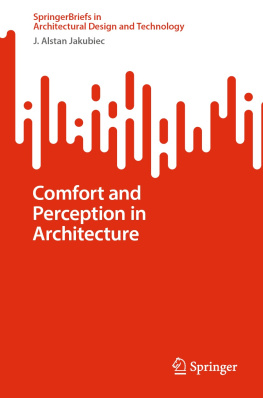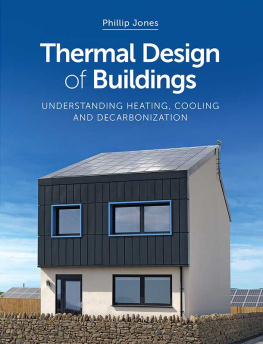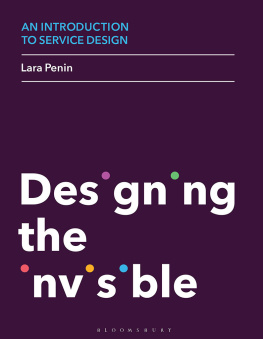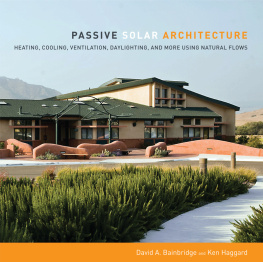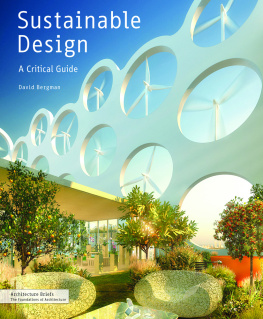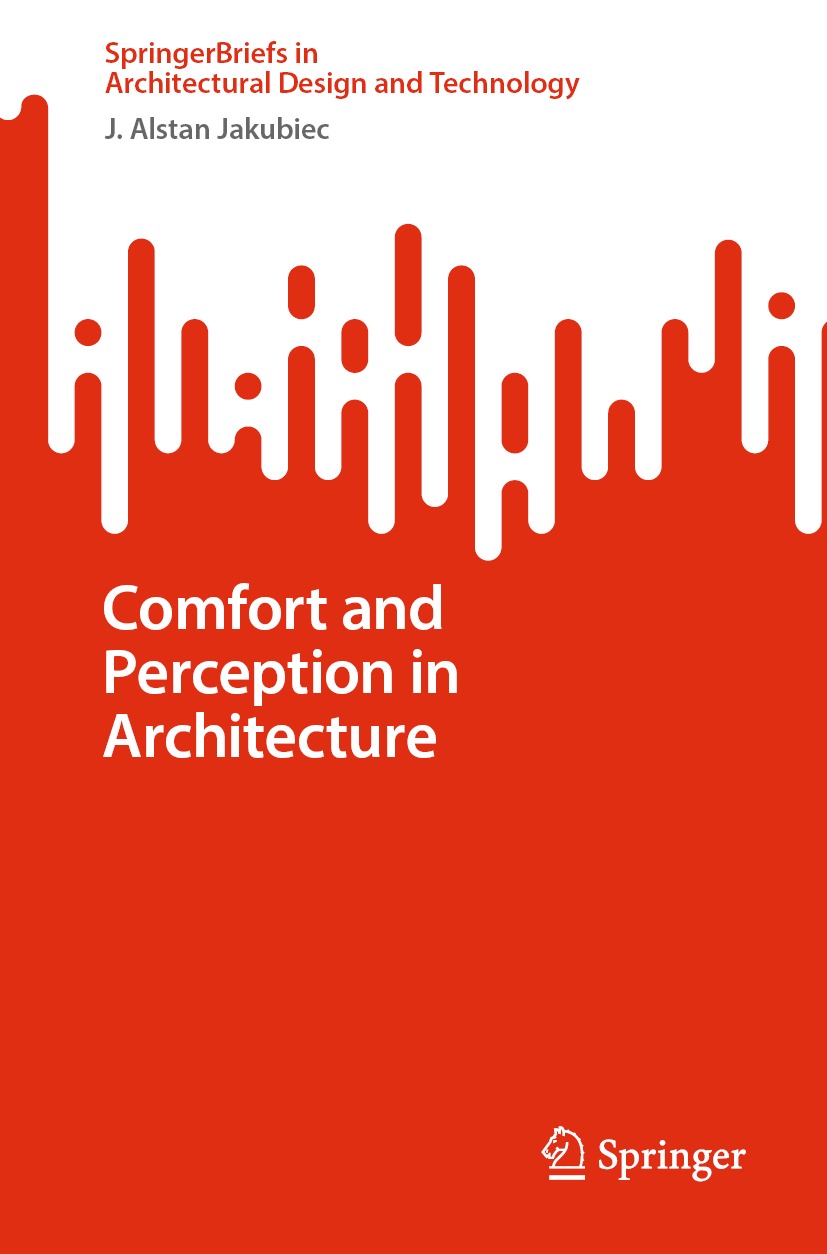SpringerBriefs in Architectural Design and Technology
Series Editor
Thomas Schrpfer
Architecture and Sustainable Design, Singapore University of Technology and Design, Singapore, Singapore
Indexed by SCOPUS
Understanding the complex relationship between design and technology is increasingly critical to the field of Architecture. The Springer Briefs in Architectural Design and Technology series provides accessible and comprehensive guides for all aspects of current architectural design relating to advances in technology including material science, material technology, structure and form, environmental strategies, building performance and energy, computer simulation and modeling, digital fabrication, and advanced building processes. The series features leading international experts from academia and practice who provide in-depth knowledge on all aspects of integrating architectural design with technical and environmental building solutions towards the challenges of a better world. Provocative and inspirational, each volume in the Series aims to stimulate theoretical and creative advances and question the outcome of technical innovations as well as the far-reaching social, cultural, and environmental challenges that present themselves to architectural design today. Each brief asks why things are as they are, traces the latest trends and provides penetrating, insightful and in-depth views of current topics of architectural design. Springer Briefs in Architectural Design and Technology provides must-have, cutting-edge content that becomes an essential reference for academics, practitioners, and students of Architecture worldwide.
J. Alstan Jakubiec
John H. Daniels Faculty of Architecture, Landscape and Design, School of the Environment, University of Toronto, Toronto, Canada
ISSN 2199-580X e-ISSN 2199-5818
SpringerBriefs in Architectural Design and Technology
ISBN 978-981-10-1773-5 e-ISBN 978-981-10-1775-9
https://doi.org/10.1007/978-981-10-1775-9
The Author(s), under exclusive license to Springer Nature Singapore Pte Ltd. 2022
This work is subject to copyright. All rights are solely and exclusively licensed by the Publisher, whether the whole or part of the material is concerned, specifically the rights of translation, reprinting, reuse of illustrations, recitation, broadcasting, reproduction on microfilms or in any other physical way, and transmission or information storage and retrieval, electronic adaptation, computer software, or by similar or dissimilar methodology now known or hereafter developed.
The use of general descriptive names, registered names, trademarks, service marks, etc. in this publication does not imply, even in the absence of a specific statement, that such names are exempt from the relevant protective laws and regulations and therefore free for general use.
The publisher, the authors, and the editors are safe to assume that the advice and information in this book are believed to be true and accurate at the date of publication. Neither the publisher nor the authors or the editors give a warranty, expressed or implied, with respect to the material contained herein or for any errors or omissions that may have been made. The publisher remains neutral with regard to jurisdictional claims in published maps and institutional affiliations.
This Springer imprint is published by the registered company Springer Nature Singapore Pte Ltd.
The registered company address is: 152 Beach Road, #21-01/04 Gateway East, Singapore 189721, Singapore
Acknowledgments
I acknowledge the work of many people that indirectly aided in the production of this publication. I thank Christoffer Rasmussen who produced the R package climateeng [1]. A modified version of climateeng was used to create the psychrometric charts used throughout Chap. were calculated using Radiance [3], EnergyPlus [4], and DIVA/ClimateStudio [5, 6]. I appreciate the efforts of everyone who has contributed to the development of those programs, specifically: Timur Dogan, Jeff Niemasz, Christoph Reinhart, Jon Sargent, and Greg Ward.
References
Rasmussen, Christoffer. 2017. climateeng. In: Reid, David Boswell. 1844. Illustrations of the theory and practice of ventilation: with remarks on warming, exclusive lighting, and the communication of sound (Longman, Brown, Green, & Longmans)
Wienold, Jan. 2004. EvalglareA new RADIANCE-based tool to evaluate daylight glare in office spaces. In 3rd International RADIANCE workshop
Ward, Gregory J. 1994. The RADIANCE lighting simulation and rendering system. In: 21st Annual Conference on Computer Graphics and Interactive Techniques, 459-72. ACM
Crawley, Drury B, Linda K Lawrie, Frederick C Winkelmann, Walter F Buhl, Y Joe Huang, Curtis O Pedersen, Richard K Strand, Richard J Liesen, Daniel E Fisher, and Michael J Witte (2001) EnergyPlus: creating a new-generation building energy simulation program. Energy and Buildings, 33:319-31
Jakubiec, J Alstan, and Christoph F Reinhart. (2011) DIVA 2.0: Integrating daylight and thermal simulations using Rhinoceros 3D, Daysim and EnergyPlus. In: Proceedings of building simulation, 2202-09. Citeseer
Solemma LLC. (2022) ClimateStudio version 1.8. In: Sllner, G (ed) 1965. 'Ein einfaches system zur blendungsbewertung', Lichttechnik, 17: 59A-66A

